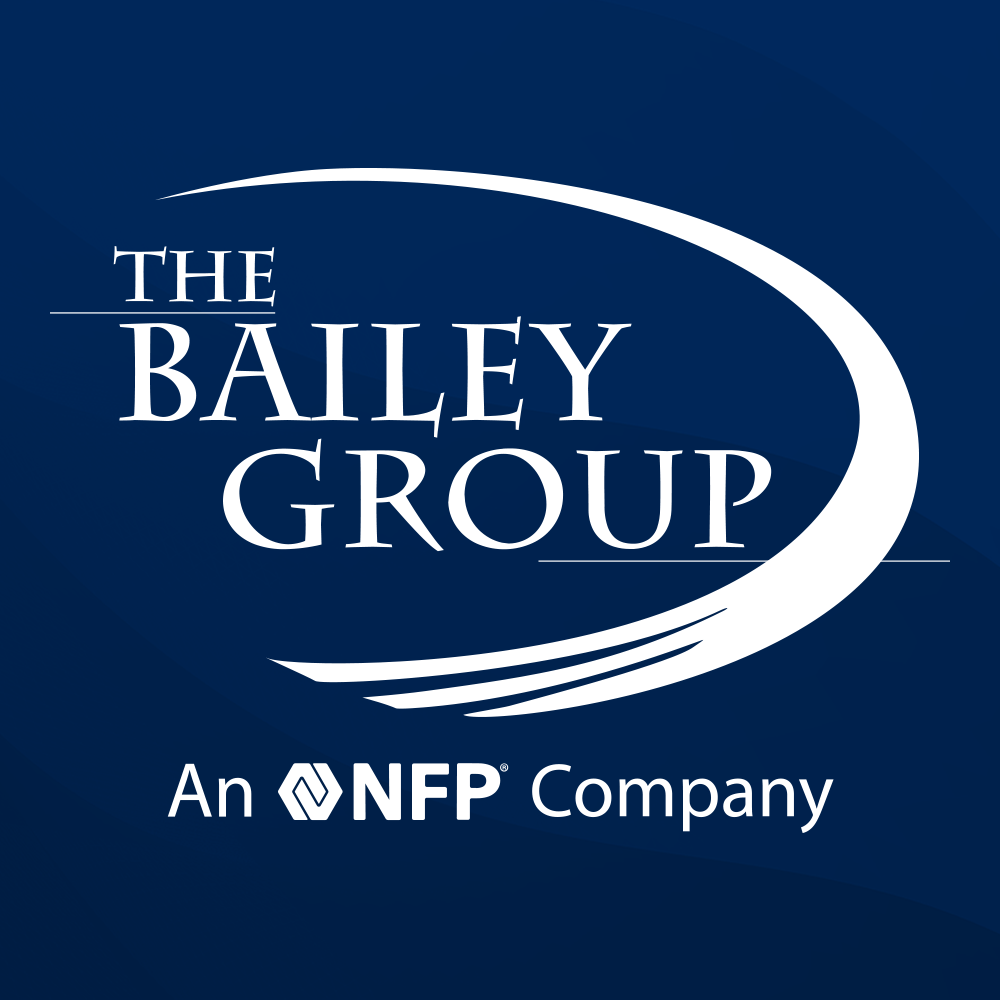Summary of the 2016 Employer Health Benefits Annual Survey
By The Bailey Group Marketing
Published April 3, 2017

Each year, the Kaiser Family Foundation and the Health Research & Educational Trust (HRET) conduct a survey to examine employer-sponsored health benefit trends.
This post provides a short summary of the findings from the survey, but if you’re the kind of person who loves to sit down with 274 page reports on a Sunday morning with a cup of coffee and your iPad, you can find that here too.
Average Premiums Continue to Rise
Premiums rose slightly for employer-sponsored health insurance in 2016. Family coverage rose 3 percent over the 2015 average, bringing the average premium to $18,142. Single coverage essentially remained the same, with an average premium of $6,435. In the same period, workers’ wages increased 2.5 percent and inflation increased 1.1 percent.
Average premiums have significantly increased over the past 10 years. Family coverage increased 20 percent since 2011 and 58 percent since 2006. Compared to all plan types, high deductible health plans with a savings option (HDHPs/SO) have significantly lower premiums, both for single and family coverage. The average HDHPs/SO single coverage premium was $5,762 in 2016, with the family premium at $16,737. Note, these premiums do not include employer contributions toward workers’ health savings accounts (HSAs) nor their health reimbursement arrangements (HRAs).
Worker Contributions Stayed Flat
In 2016, workers’ average contributions toward their premiums were similar to last year, with employees contributing 18 percent for single coverage and 30 percent for family coverage. However, there is considerable variation between how much workers contribute, as with total premiums.
PPOs Reign Supreme
The following were the most common plan types in 2016:
- Preferred provider organizations (PPOs) — 48 percent of workers covered
- HDHPs/SO — 29 percent of workers covered
- Health maintenance organizations (HMOs) — 15 percent of workers covered
- Point of service (POS) plans — 9 percent of workers covered
- Indemnity plans — less than 1 percent of workers covered
PPO enrollment decreased by 10 percent over the last decade, leaving room for HDHPs/SO to increase by 8 percent over the same period.
83 Percent of Workers Pay a Share
The majority of workers are required to pay a share of the cost for their health care services. 83 percent of workers enrolled in single coverage must pay an annual deductible before services are paid by the plan. Workers who don’t have a deductible are still often required to pay fees like copayments or coinsurance; although, this is often the case regardless of having a deductible.
Among those who pay an annual deductible, the average deductible amount for single coverage was over $150 higher than last year—jumping to $1,478 from $1,318.
There are a number of reasons for increased deductibles over the past few years. The two main drivers are higher deductibles within plan types, especially PPO plans, and higher enrollment in HDHPs/SO.
The average in-network copayments were $24 for primary care and $38 for specialty care. In-network coinsurance amounts were 18 percent and 19 percent, respectively. These numbers are similar to those from 2015.
Other Statistics of Note
- Of the firms polled, 56 percent offer health benefits to some workers, which is similar to recent years.
- Of the large firms offering health benefits, 39 percent cover some health care services through telecommunication. 33 percent of these firms said workers have a financial incentive to receive services through telemedicine instead of visiting a doctor’s office.
- Small and large firms both offer wellness programs, with 46 percent of small firms and 83 percent of large firms offering at least one type of wellness program. Programs vary in topic and include subjects like smoking cessation, weight management and lifestyle coaching.
- Sixty-one percent of covered workers are enrolled under a plan that is either partially or completely self-funded. Eighty-two percent of workers in large firms and 13 percent in small firms are covered under some sort of self-funded (partially or fully) plan.
- Private exchanges are typically consultant- or broker-created arrangements, which allow firms to offer different benefit options from different insurers. Of the firms offering health coverage with 50 or more employees, 2 percent offer health benefits through a private exchange.
Again, here’s a link to the full 274 page report if you’d like to dig in further.




